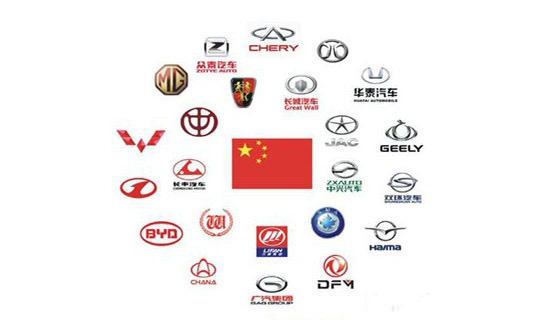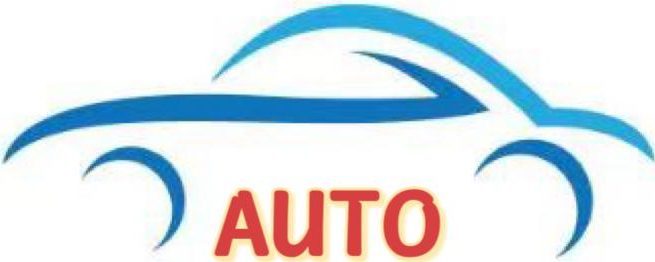Brazil’s “drinking” cars open the way for Chinese electric vehicles
The development of ethanol gasoline in Brazil

1. Historical Background:
- In 1931, the Brazilian government began to mandate the addition of 2% to 5% anhydrous ethanol to gasoline. Subsequently, the proportion was gradually increased, reaching 25% in 2002, making Brazil the country with the highest ethanol content in gasoline worldwide.
- The 1973 oil crisis prompted Brazil to seek alternative sources of oil. Ethanol, due to its abundant sugarcane resources, became the ideal choice. In 1973, Brazil elevated the development of ethanol fuel to a national strategy.
- In 1985, Brazil’s ethanol production accounted for 80% of the global total. However, from 1986 to 2002, it fell into a trough due to political and international sugar price fluctuations. It then revived after 2003.
2. Advantages of Ethanol Gasoline:
- Economic benefits: Reduces dependence on oil imports and saves hundreds of billions of US dollars in foreign exchange; Forms a complete industrial chain from sugarcane cultivation to automobile manufacturing, creating job opportunities.
- Environmental friendliness: Ethanol gasoline is more environmentally friendly than traditional gasoline and is in line with the concept of new energy vehicles.
- Flexible fuel vehicles: The mainstream models in the Brazilian market (such as Fiat Strada, Volkswagen Polo, Chevrolet Onix) are all flexible fuel vehicles, capable of using ethanol or ethanol gasoline blends.
3. Driving factors
- Brazil is the world’s largest sugarcane producer, with significant resource advantages (with an area of about 10 million hectares for cultivation and an annual output of approximately 600 million tons).
- The ethanol production technology is mature, and the cost is relatively low.
The Brazilian New Energy Vehicle Market and the Opportunities for Chinese AutomakersThe Brazilian New Energy Vehicle Market and the Opportunities for Chinese Automakers
1. Potential of the electric vehicle market in Brazil:
- The tropical climate of Brazil and its abundant mineral resources (such as lithium, nickel, etc.) provide favorable conditions for the development of the electric vehicle industry.
- Government support: In 2018, a target of 30% of electric vehicle sales by 2030 was proposed; in 2025, the MOVER plan was launched to promote technological innovation and decarbonization.
- In the first quarter of 2025, 40% of passenger vehicles imported in Brazil came from China, mainly electric vehicles and hybrid vehicles.
2. Challenges for Chinese Automakers:
- High tariffs: Brazil imposes a tariff of up to 35% on imported electric vehicles, increasing the cost pressure.
- Market competition: International giants such as Tesla are also considering entering the Brazilian market (as rumored, they are planning to build a super factory).Market competition: International giants such as Tesla are also considering entering the Brazilian market (as rumored, they are planning to build a super factory).
3. The response strategies of Chinese automakers
Local production: BYD, Chery, Great Wall Motors, etc., have already invested and built factories in Brazil, reducing tariffs and transportation costs.
Market opportunities: Brazil’s experience with ethanol fuel and its goals for new energy vehicles provide a foothold for Chinese automakers, particularly in areas such as environmental protection and new energy technologies.
Experience accumulation: The Brazilian market will become an important testing ground for Chinese automakers’ overseas localized operations, and competing with international giants will also enhance their global competitiveness.
Reflections and Insights
Brazil’s transition from ethanol gasoline to electric vehicles demonstrates how a resource-rich developing country can achieve a win-win situation of energy transformation and economic development through policies and industrial innovation. The lessons for Chinese automakers from this experience are:
Localization is crucial: In the face of high tariffs and fierce competition, localized production is a necessary condition for establishing a firm foothold in the market.
Balancing technology and environmental protection: The environmental benefits of ethanol gasoline and electric vehicles align with global trends, and Chinese automakers can leverage their technological advantages to expand the market further.
Supply chain integration: Brazil’s success is attributed to its complete supply chain. Chinese automakers need to integrate the supply chain in Brazil, optimize costs, and improve efficiency.
